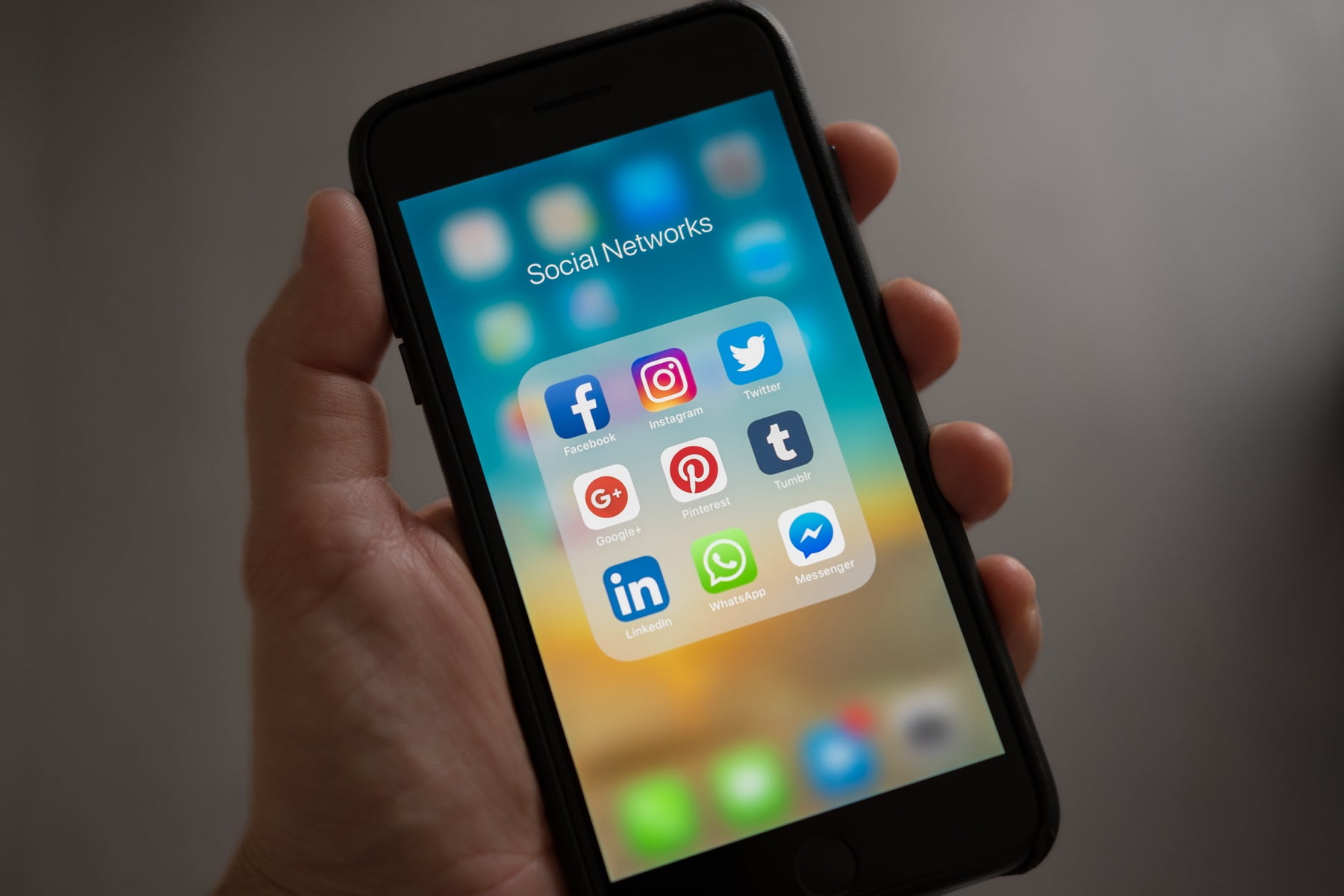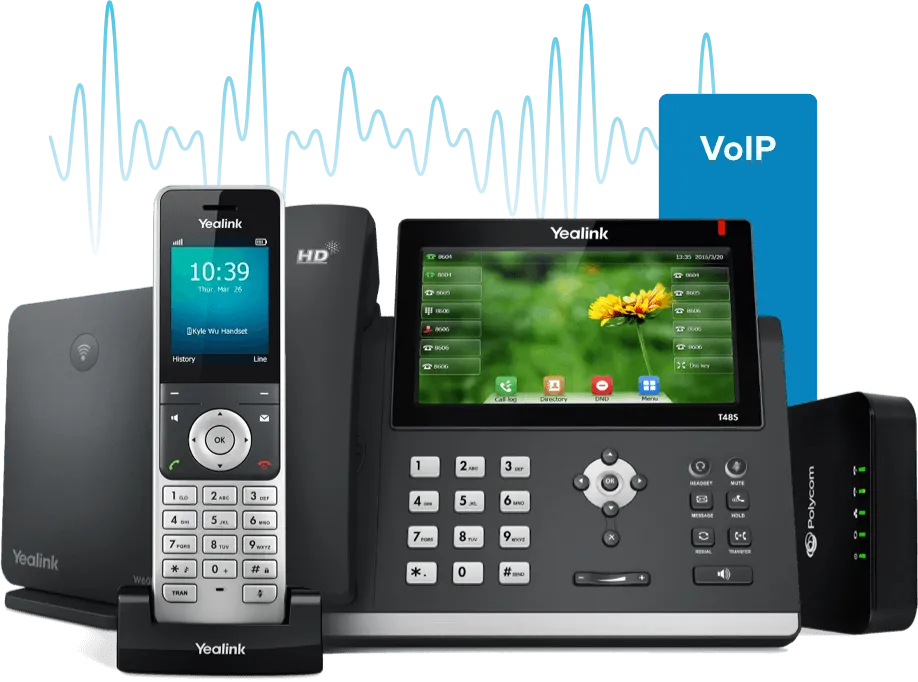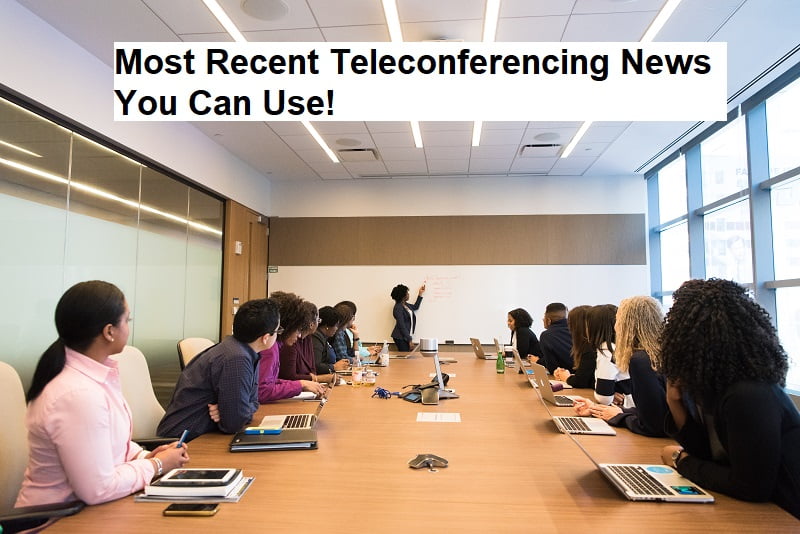Best The Future Of Mobile Phone Technology

The Future Of Mobile Phone Technology
The Future Of Mobile Phone Technology The past, present, and future of cell phones Just in the last few years cell phones (usually called mobile phones outside the US) have become de facto standards for most of the population.

What once used to be a luxury item for a select few that was carried around in a large leather bag and was the size of the brick, is no longer.
Technology has advanced the mobile phone industry to the point where the phone is a mere commodity for vendors, meaning that’s not where they make the real money.
It’s in the service plans, which require 2 year commitments usually, where companies like Sprint, Nextel (now Sprint Nextel), AT&T (now Cingular), Cingular, Verizon, and T-Mobile make the revenues that enable the cycle of technology innovation and marketing to continue.
While the downsides of cell phones have focused primarily on the annoyance of public conversations and the small possibility of brain damage due to cellular coverage near the ear, these pale in comparison to the benefits derived from cellular technology.
For those who have had cell phones most of their lives (think anyone under 25), it’s hard to imagine life before cell phones. Writing down numbers in a paper directory, having change on hand
(first a nickel, then a dime, then two dimes), knowing how to make collect calls, and finding pay phones in new cities were frequent logistic challenges.
The Future Of Mobile Phone Technology 2022
Not to mention the inconvenience of not being able to get access to those you need at any time.
At this point, corporate employees, sales professionals, parents, young adults, and anyone in industries where communication among many
is critical could hardly imagine life without the benefits of mobile phones.
As technology matures, ringtones, cameras, GPS features, music, and multiple other features will be added to the hardware.
And the software on phones will progress to include easier web access, advertisements, news downloads, and easier chat and email features – becoming the only piece of technology most use.
In fact, in many countries in South Asia (where the industrial revolution never occurred) they have gone from agricultural industries right to technology, bypassing an entire type of economy.
It is in these countries where the cell phone is an essential tool, enabling communication among millions who don’t own a computer.
As technology advances, and people respond positively to resulting changes, we will all benefit.
Save Face, Time, and Money on Your Next IT Project
How many times have you been involved in a project where a newly-released piece of software required an immediate enhancement because the right people were not “in the loop”?
This is an example of how poor communication costs money and damages the reputation of an Information Technology (IT) Team.
Well-managed communication can increase the rates of success on your IT projects by improving relations between you and your customers and decreasing the odds of hasty last-minute enhancements, thus saving face, saving time, and saving money.
Most developers are familiar with technical writers, who produce documentation. While these writers are important to your project, they do not typically handle communication. That requires a person well-versed in communication planning and execution: the communication specialist.
A communication specialist will:
• determine your communication objectives (educate?, gather specifications?, change behavior?)
• identify the people who have and need information about your project,
• identify the best way of reaching these people,
• and build a list of key messages.
The communication can occur through many channels, such as focus groups, face-to-face meetings, status reports, newsletters, email messages, web sites, PowerPoint presentations, or phone hotlines.
Communication can also be executed in less formal ways, such as establishing mail lists and selectively copying the appropriate people on relevant email.
The communication specialist brings all this together in a communication plan.
Then the communication specialist will execute each communication, according to the established timeline. And of course, he or she will adjust the communication plan as the project evolves.
Well-planned and managed communication is crucial to how your organization is perceived and it will have a direct impact on your project. Adding a communication specialist to your next IT project will increase your odds of success.
The Evolution Of Mobile Phone Technology

Every month, millions of people worldwide are adding themselves to the mobile phone community. This will go on all because mobile phones are such great devices that using them you can talk to anyone in this world from anywhere, anytime.
Mobile phones provide you an array of feature that you can speak as well as sent and receive data. But, it depends on a model that a mobile phone can contain as many as possible features within. A mobile phone stores contact information of your desired people,
sends and receives e-mails, displays you flash news, enables you playing simple games in your free time etc. Mobiles phones integrated with PDAs, MP3 players and GPS
system are also widely available. However, only few may know how mobile phones with such integrated features actually work.
Knowing the technology, that work behind such mobile phones could sure help you using it extensively. At least a new model is released with newer add-ons every month. If you are in idea of buying a new mobile phone then you also need to be sure about how to buy a mobile phone before your purchase.
At this point, you need to know that the very quite fact about a mobile phone is that its functions similar to a radio. The technologies like telephone and wireless communication been invented more or less in the same period (actually in late 1870’s), soon after these two combined to give us the model for today’s mobile phone.
People later started using these radio phones fitted inside their cars and its antennas been mounted on the top. However, because of lesser channels available, more people were not able to use these radiophones. To add, you can compare that day mobile phone to a CB radio or a walkie-talkie to understand it better.
Today, the smarter thing about mobile system is splitting up of an area into smaller cells thus enabling millions of people to use the mobile phones simultaneously.
Mobile systems function in a way that within a cell area, at least 56 people can talk on their mobile phone at a time. In another side, to send and receive the tower signals, mobile phones are equipped with low-power transmitters.
Related to technology, its first generation, which used analog signals is called 1G. Digital transmission coming into existence, the number of channels increased which were of 2G mobile technology. The mobile technologies, which were later developed, claimed superiority over the earlier.
The current 3G mobile phones offer you unbelievable features like email, stereo sounds and video. In the power consumption part, battery-operated mobile phones normally consume low power and this has made the possibility of having handheld mobile phones.
Another important aspect with the mobile phone is the services offered to the subscribers are of cheap rate. This is because mobile phone system requires a number of base stations in a region to operate its service.
But as most people use mobile phones, the cost per user remains low irrespective of large number to based stations installed. A mobile telephone switching office handles all the phone connections and controls the bases stations that function under it.
Anyway, future generation mobile phones are to come which are going to provide us a breathtaking service for both professional use and fun.
Innovation Never Stops In The Mobile Industry
Always remember that someone somewhere is making a product that will make your product obsolete – Georges Doriot
As the saying goes, from the Motorola Dyna-Tac of 1973 to the Nokia N-95 of 2007, mobile phone technology has evolved more in the past three decades than computer technology has in the past six decades.
The number of mobile phones outnumbers the population in 30 countries (according to Informat Telecoms and Media), and 80% of the world’s population today can have access to mobile phone or cellular phone services.
There are only limited numbers of mobile phone technologies, However mobile phone manufacturers and cellular phone service providers on the other hand are increasing in number. Thus, today, mobile phones are the cheapest means of communication.
Mobile phones nowadays are so easy to acquire and most people all over the world have the thing on their pockets. Competition among mobile phone service providers to offer prepaid mobile phone services resulted to an even more increased mobile phone penetration in developing and more developed countries.
Today mobile phones are not just a means of communication. In the mid 1980s Text messages came as a value added feature. Moreover, it was also noted that in Japan, people use mobile phones in paying their bills while elsewhere in the world, people use mobile phones to browse the internet to check on emails and even send instant messages.
At present, mobile phones that can take photographs and capture video clips are the norms. In fact, mobile phones that can communicate with other electronic devices via Bluetooth technology are no longer news.
Thus, mobile phones today are indeed all-in-one communication devices that can store contact numbers, has entertainment gadgets with built in digital cameras, internet access devices and personal computer as well.
Lately, the main mobile phone technologies are GSM and CDMA. GSM stands for Global System of Mobile Communications,
which, with its standard compliance, ensures worldwide roaming for its users. Someone buying a mobile phone in the UK can use that same phone in
Japan and can receive calls to the same number as the subscriber would in UK. EGPRS or EDGE is an extension of the GSM System that is used for high speed video conferencing and internet access.
CDMA technology on the other hand, offers voice clarity and faster data transfer.
However, CDMA is not used in some regions of the world, such as the European Union, thus making it virtually useless if roaming internationally.
CDMA and GSM technologies are both available in countries like India, while in most countries you can only have one choice.
GSM is the only standard available across the EU, but people have to depend solely on CDMA while traveling to Japan or South Korea.
Mobile phones today run from 20USD up to 10000 USD. With features ranging from talking to messaging, recording music and videos, transferring files,
checking your email, browsing your favorite sites and sending instant messages. Indeed, these phones do everything imaginable.
It’s pretty much a set of computer inside your pocket! We’ll then see what the future mobile phones can offer.
Emerging Mobile Phone Technologies

Mobile phones have become indispensable and now play a big part in everyone’s lives. With the current technology that has made people and nations closer, mobile and handheld devices can truly be considered great inventions and innovations.
Gone are the days when one has to go home first before he can use the telephone or go to a public phone booth to place an
all-important call to a loved one or business contact. With the presence of mobile phones, everyone has now gone wireless. Communication has, indeed, turned very easy for all.
Mobile phone, as it name suggests, provides mobility. It is portable communication device. One can bring it anywhere.
It is made possible by satellites that transmit signals for the phone to send and receive. It is very convenient as one can use it anywhere irregardless of time and region.
People everywhere have seen the evolution of communication technology. From a phone that uses wires to one that no longer requires any.
From the analog to the wireless. In some places, wireless phones were provided with signals by the network company.
In other places, a simulated card in inserted in the phone to grab and receive signals and send as well. These phones use the concept of signal transmission
and radio wave theories that enables a two-way communication with real time and clearer conversation.
From the analog mobile phones that only allowed calling and voice conversation evolved the mobile phones that have text messaging features.
It is another emergence in the world of mobile technology. A person may send a text message that will be received by another party. This message is sent through a signal passing to a gateway which transmits it to the receiving party.
In the turn of the 20th century, mobile phones have become more of a trend and companies have started to make them appear more sophisticated.
Mobile phones started with big sizes which transformed to smaller ones and then became bigger again. It has developed much like how computers have. Nowadays, mobile phones are not just for communication. Originally,
it had the voice call function but since the technology is growing day by day, the mobile technology grows along with it.
Mobile phones now have been created with different functions and usage which are beyond plain communication usage. These functions are constantly updated and additional features are created each day.
Mobile phones also serve as mp3 players and/or audio, video file storage units where users may save audio files and listen to the music.
Mobile phones now are also equipped with cameras that come in different pixels allowing people to take pictures anywhere and anytime.
Almost all mobile phones of these times are designed with games, calculator, organizer, alarm clock, dictionary and many more. These are just now considered the basics.
Some updated mobile phones may now take video clips and still photographs of which may be transferred to the computer for different purposes.
Many mobile phones are also designed with touch screen features where a person doesn’t need to touch the keypad anymore. The screen of the phone is designed to recognize commands as the finger tip touches the screen.
Moreover, mobile phones are now used as computers. With the General Packet Radio Service (GPRS), surfing the internet is now made possible.
GPRS is used to transmit IP packets which enable users to use the internet wherever they go. People also use their mobile phones in banking transactions where they can send and receive money through phone.
Several high technology features are continuously being researched and applied to mobile phones. Not long ago when 3G system was developed.
It enables users of the same networks call each other with real time camera. Through this system, one can actually see the person he is calling while talking to him.
Long before people finally get familiar with the just launched 3G system, many companies are now researching on the higher system which is the fourth generation or 4G system.
Researchers project the new system as faster with a connection speed reaching 100 Mb per second. This is seen to provide a better quality of call.
Mobile phones are not only for personal use like it was in the past. With mobile phones, reporters and journalists may now take and film news reports. Security system and surveillance are also possible.
It is seen in the near future that mobile phones are most likely to replace laptops. With the new mobile phones coming out of the market,
viewing and working on documents only found in computers are now possible. It is also seen to replace entertainment devices with all the entertainment features new mobile phones have.
Mobile phones do not only play a big part in technology. Mobile phones also show fashion and style. Thus, to make these phones more appealing and attractive, manufacturers produce these phones in different colors, size, shape, and style.
Mobile phones are indeed one of the greatest contributions of technology. It has gone far beyond what man can imagine. Now, with the emergence of mobile technology, everyone just can’t live without one.
Mobile Phone Buyer’s Guide: Know The Basis
You may have thought of shopping for a new mobile phone when you want to get rid of the old one. But you need to be sure of few things before and choosing your service provider should be the first.
As your service provider utters the technology he uses, choosing your mobile phone is simply based on that. GSM is the technology most utilized by providers and is becoming more vogue in the UK. CDMA is a technology also adopted but by few providers and is common in the US.
The Mobile Phone Plans
So, once you have decided your provider, spent few minutes to estimate how frequent you use your mobile phone and obviously, where. Be clear to what extend of coverage limit you are signing for.
The low-rate plans are usually meant for local calls and only cover your region of living, but are right one if you travel less.
If you are one that spend a lot of time outside your region, take a regional or a nationwide plan, and make sure of the roaming charges.
To get the best value out of a plan, check whether your plan includes free long distance call option. Variation with the standard plans can possibly save your money.
You can consider family and/or sharing plans if you want take in your family and friends. Opt for prepaid plans if you do not want to commit to a monthly plan.
Finally, while calculating for your model monthly phone bill include extra fees that comprise cost of activation, taxes, number portability cost, extra charges for sending text messages, charges for multimedia and picture messaging etc with it.
Picking Your Mobile Phone
You can start your mobile phone search now. Here you need to decide the features you want in your mobile phone. How you pass your daily life and what all are important to you?
Make sure, whether you are looking for sleek design. Would you want features like cameras, picture messaging, and text messaging keyboards in your mobile phone?
All this highly depend on your lifestyle, whether you need it for your classy business, habitual of multimedia usage, or looking only for plain communication.
Features that may attract you are a camera or videophone, picture-messaging phone, or possibly with Bluetooth technology to connect to your computer. Some users may like push-to-talk option for quick, one-touch communication.
Business users may favor smart phones, which club in cell phone and PDA features in one.
These phones are comparably big in size and are high-priced than of standard cell phones but eliminate the need for two separate devices.
Most users may not need comprehensive features and few others may need features like PDA with their mobile phones.
So when you have decided buying a mobile phone, make undisputed about the features you want with it and a plan that exquisitely suit your phoning habit.
Mobile Phones Explained
Even though the popularity of mobile phones is at an all time high, the complexity of the systems driving this technology usually means that only those invol

ved with the industry have a complete understanding on how mobile phones actually work.
Until recently, and like most of today’s
millions of mobile phone users, I found myself confused by the amount of information on the subject, and even when I found information which was relevant, the terminology used was best suited to someone with a degree in telecommunications.
In truth, the technology is very easy to understand when the information is presented in simple terms. In this article I’ll try to do just that – simplify the technology.
The concept:
Even though technology has become widely known as wireless, this is only true between your handset and your nearest receiving antenna.
After that the connection goes through a series of telephone wires until it reaches the antenna nearest to the person you are calling – assuming the call is to another mobile.
Your handset and provider:
If you put features to one side, one handset works in much the same way to any other and the same is true of the actual network provider you choose to go with.
Manufacturers such as Nokia and Samsung dedicate themselves at producing the handsets and network providers such as Vodafone and O2 focus on the structure of the network itself.
Cellular networks:
The term “Cellular” has been derived from the fact that each antenna only has a reach of a limited area; this area is known as a cell.
By placing antennas in various part of the country, providers have created Cellular network. The total area within these cells, determines the coverage of a network service provider.
Making and receiving calls:
When you make a call, your mobile phone locates the nearest antenna available for your network and connects you to the wired telephone system.
The telephone network then locates the nearest antenna available for the person you are trying to call and connects you to that mobile. The opposite happens when you receive a call.
Your location:
For a connection to be successful, your network needs to know where your phone is located. To achieve this you mobile phone is in constant communication with your nearest antenna.
If you move location, and your original antenna no longer has enough reach to connect to your mobile, your phone will automatically search for another one. The new antenna then informs the system of your new location.
Conclusion
This article is by no means trying to undermine the achievements or the potential the technology has to offer. Instead,
it is intended to provide an insight to the key elements of the mobile phone technology which would otherwise remain invisible to everyday users.
The future of smartphones,Phones in 2030,Advantages of mobile phones,Mobile phones in the future,New technology in Mobile phones 2021,The phone of the future,





One Comment